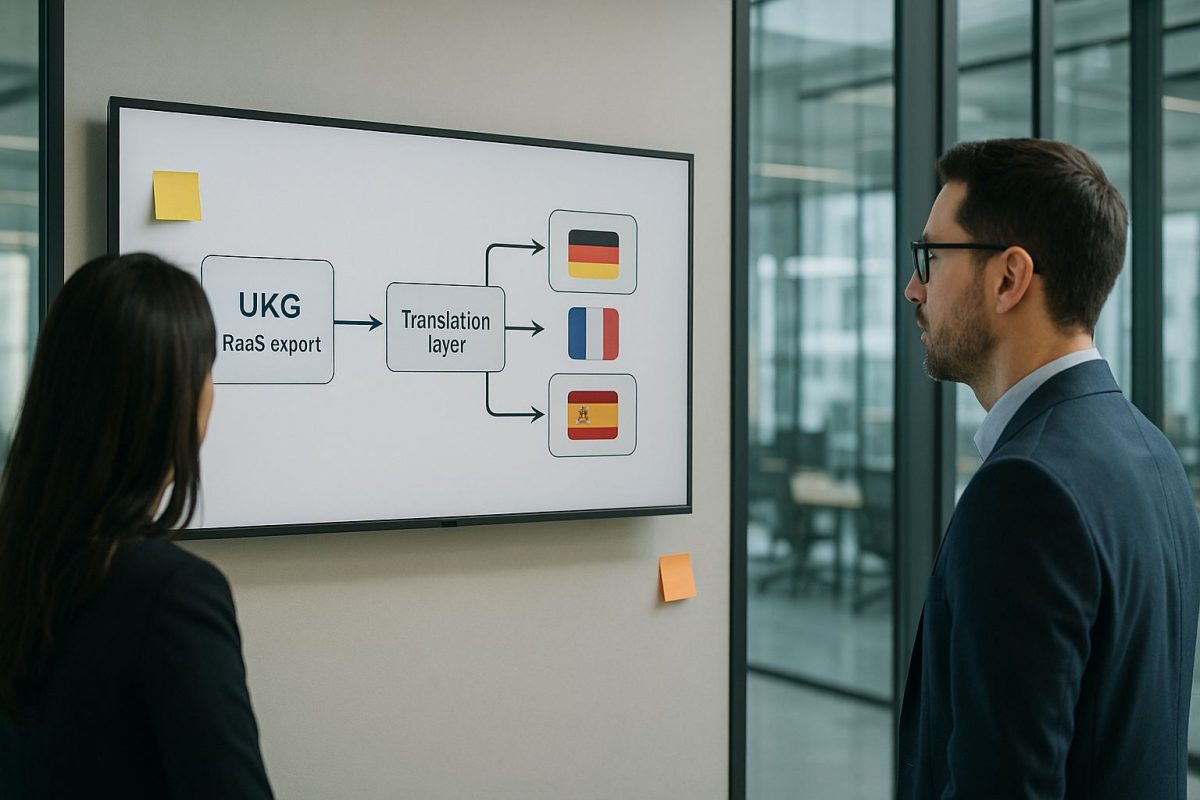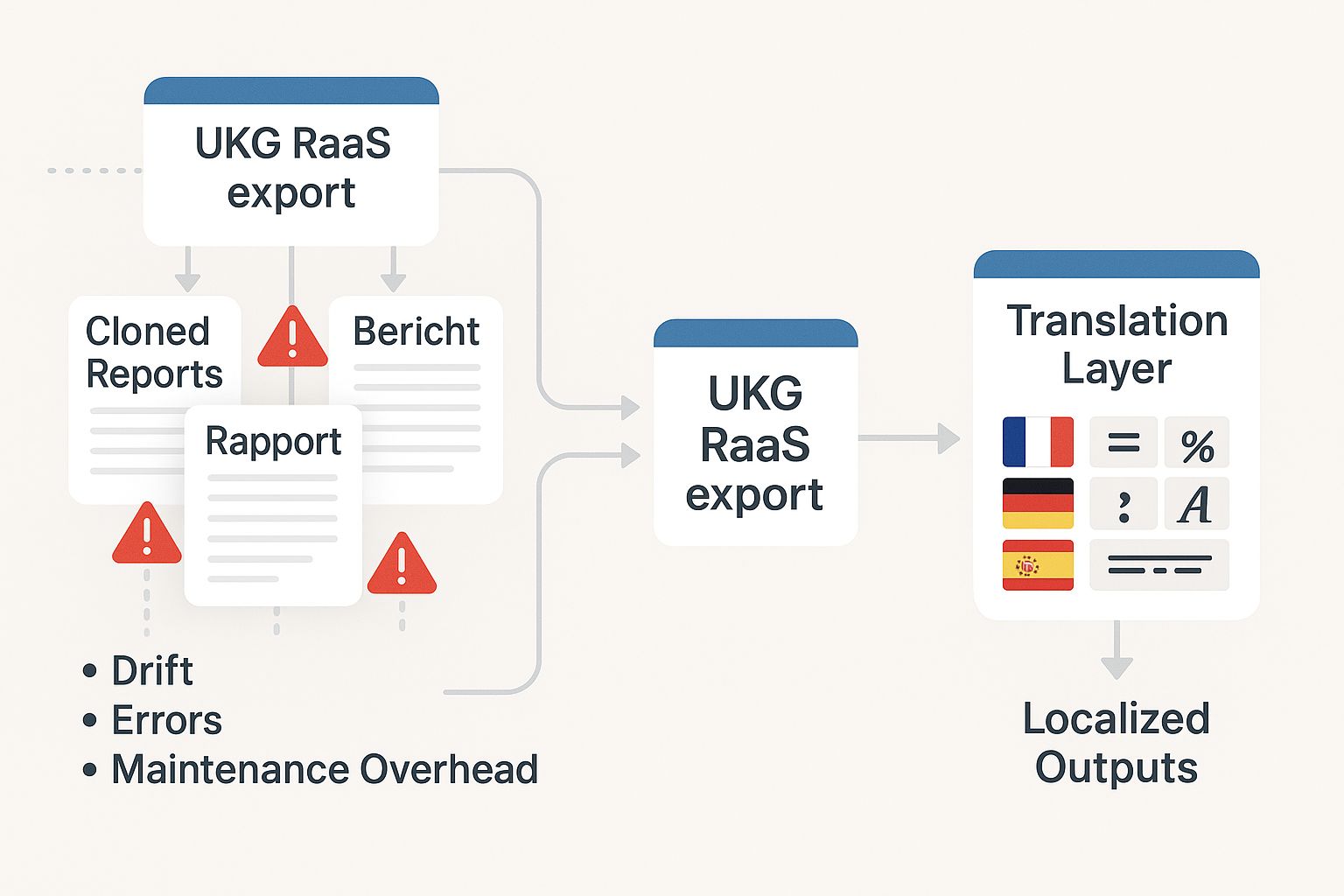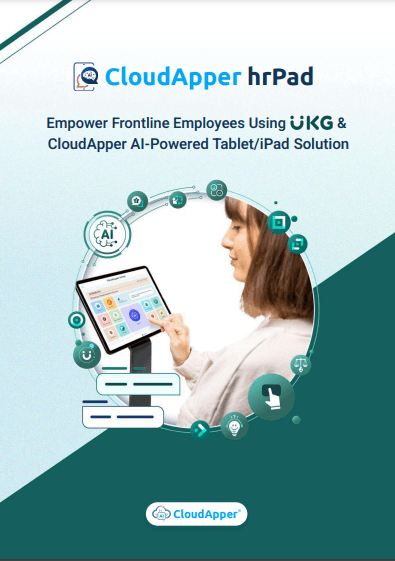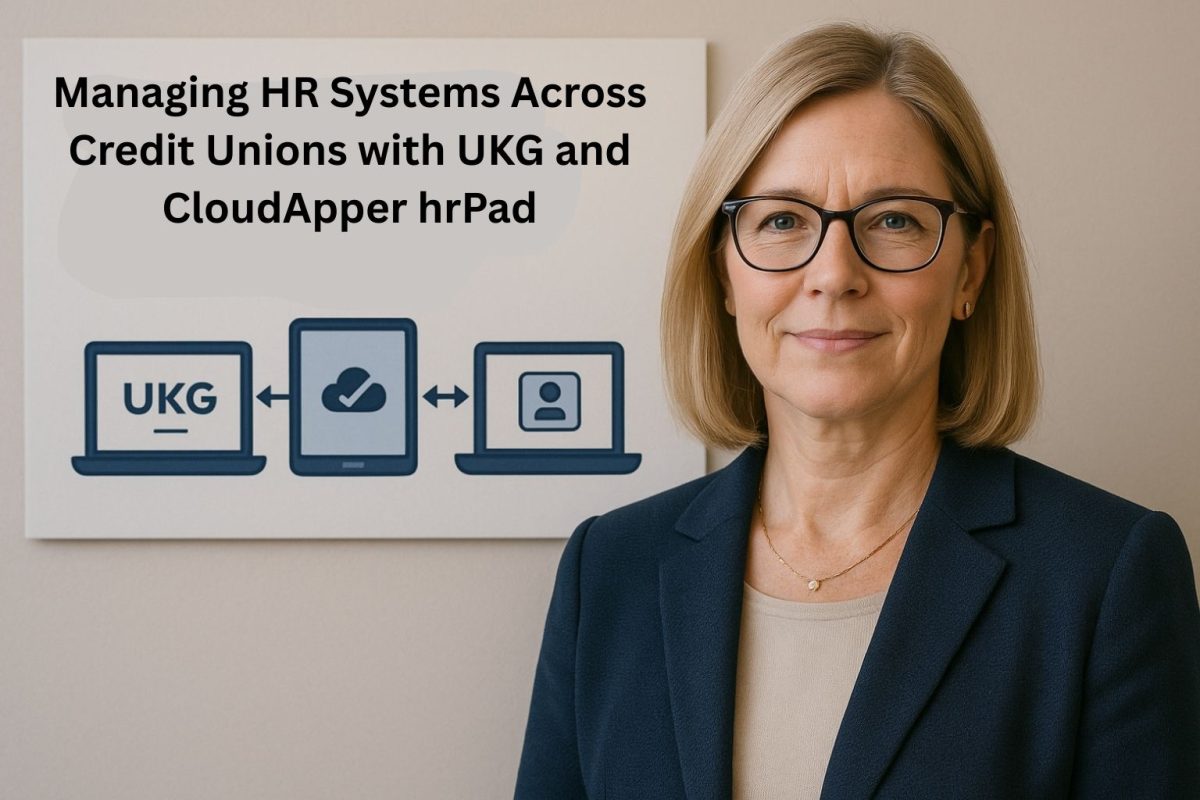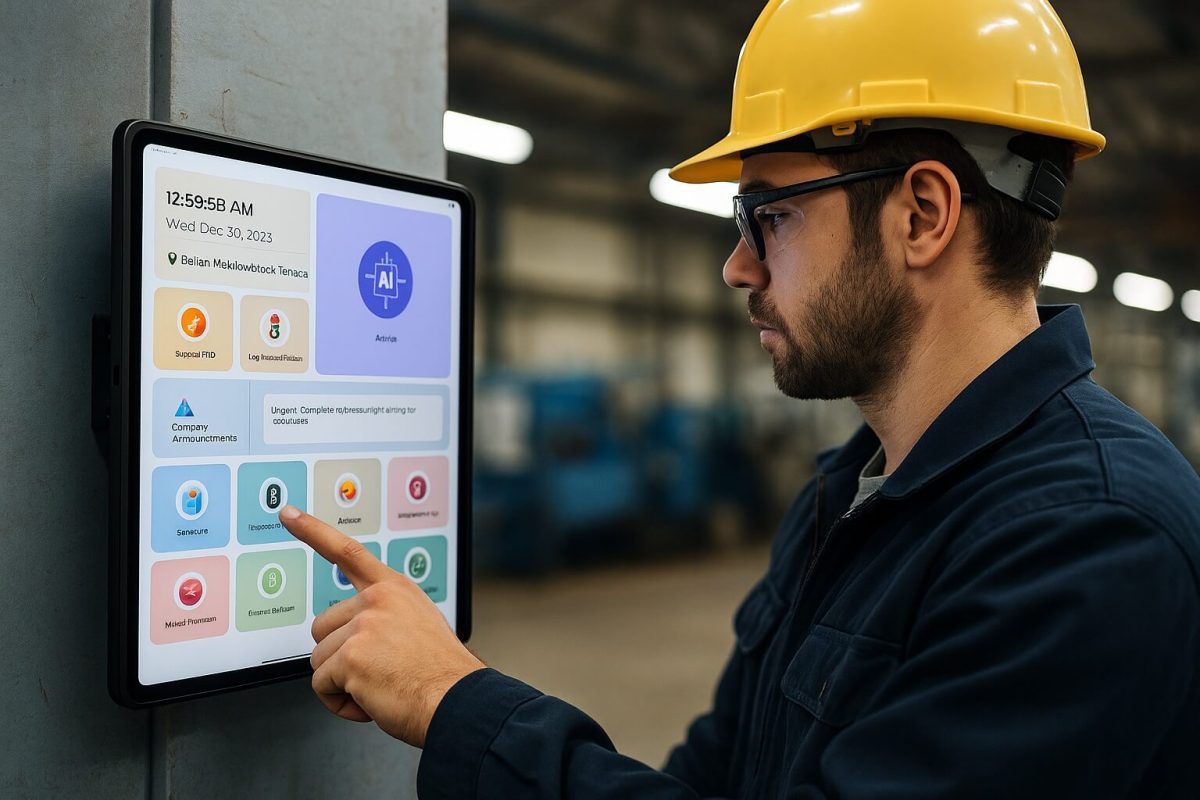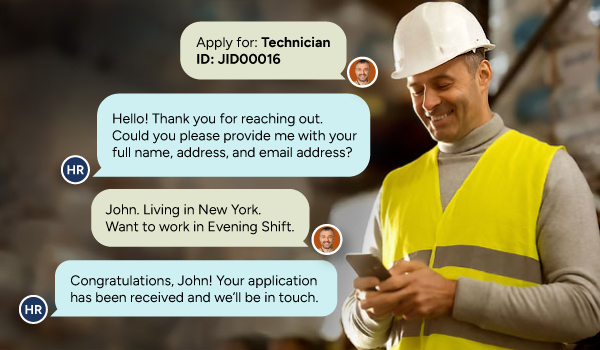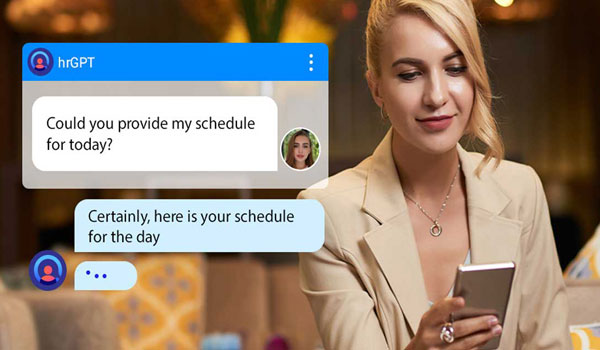Global HR leaders often overlook localization, leading to complex, error-prone processes. A translation layer in UKG offers a streamlined, single-source solution, ensuring data integrity and compliance across languages, reducing technical debt, and enhancing global payroll efficiency.
Table of Contents
RaaS Reporting (Reports as a Service) is a powerful capability within UKG — but for global organizations, it quickly becomes complex when language and formatting needs vary across regions. While many HR teams rely on cloning reports and manually adjusting them per locale, this approach is inefficient, error-prone, and hard to scale. That’s why forward-thinking companies are now layering multilingual translation workflows on top of their RaaS Reporting strategy to drive global consistency and localization — without breaking their data pipelines.
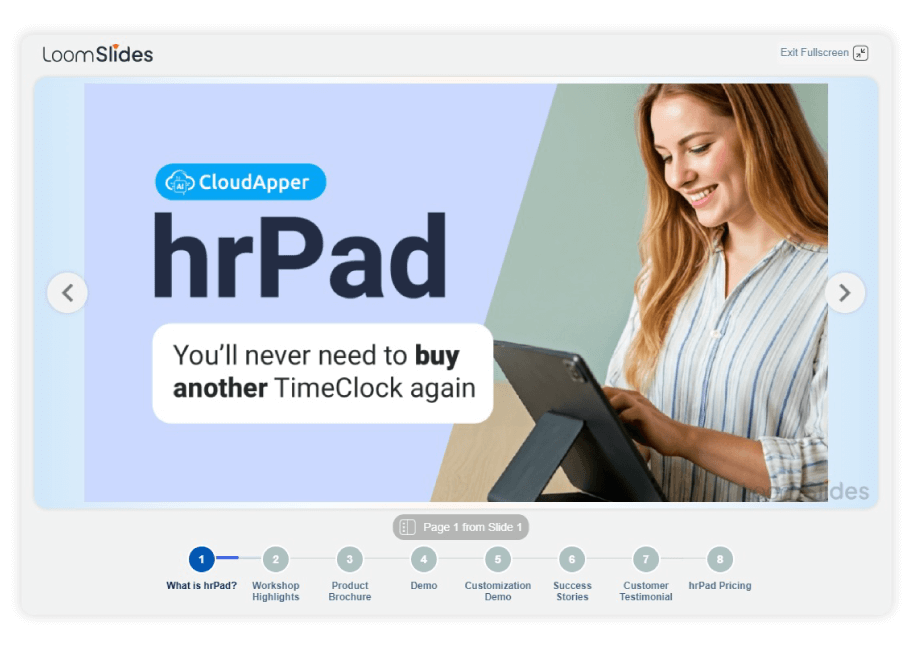
For more information on CloudApper hrPad for UKG visit our page here.
“Treating multilingual RaaS Reporting as a strategic layer — not an afterthought — is what separates reactive teams from scalable ones,” says Nina Vasquez, Global Payroll Consultant at Equinox Strategies.
The high cost of cloned reports
Every time a column is added to a core RAAS extract, each cloned language copy requires the same update. Multiply that by six languages and three separate report schedules (payroll, analytics, compliance), and a minor enhancement can balloon into 18 edits—with 18 potential failure points. Beyond the obvious maintenance burden, cloning introduces hidden risks:
- Version drift – One locale misses a critical compliance field.
- Translation inconsistency – Two Spanish sites receive slightly different labels, confusing integrations.
- Audit blind spots – When auditors ask “Which report is authoritative?” the answer becomes, “It depends.”
“We used to think of RaaS Reporting as ‘set it and forget it,’ until our French file started producing mismatched tax codes,” notes Leo Chan, Auditor at NovaStat.
*“The issue? One of our localized reports wasn’t updated during a global schema change.”
These weaknesses undermine employee trust and expose finance teams to avoidable penalties.
Clone Fatigue Hits Hard
Isabelle Fournier, HRIS Director at EuroTech, had consolidated data feeds to one English RAAS file. When Poland, Spain, or Japan asked for native column headers or locale-specific decimals, her team duplicated the file and changed the session language. Six copies ballooned to eighteen as analytics and compliance teams also requested translations. An overtime column added mid-quarter led to frantic re-edits; one cloned file missed the field entirely, and Tokyo payroll underpaid several employees.
Discovering an Add-On, Not a Replacement
At a regional user meeting Isabelle learned that CloudApper hrPad—known for kiosk self-service—also includes a “multilingual export” module. The concept was simple: keep one authoritative RAAS output, let hrPad ingest that data, apply a dictionary of translated labels, format decimals and dates per locale, then distribute language-tagged files to each regional SFTP folder. Importantly, hrPad would leave the original UKG report untouched, acting purely as a downstream enhancement.
Pilot in Ninety Minutes
Isabelle’s team connected hrPad to the existing English RAAS endpoint. They uploaded a CSV dictionary: Hire Date → Date d’embauche, Einstellungsdatum, Fecha de Alta and so on. Shift Bonus mapped to each local term, and hrPad scheduled a nightly job. That evening six localized CSVs—French, German, Polish, Spanish, Japanese, English—landed in the correct folders with decimal and date formats already converted.
Scaling Without New Clones
Finance wanted proof that adding columns would remain painless. Isabelle added Overtime Premium to the core report, refreshed the hrPad dictionary, and re-ran the job; every localized file contained the new field automatically. Confidence grew, and within two weeks hrPad handled twelve multilingual extracts: payroll feeds, HR dashboards, and statutory compliance submissions. Free-text comments ran through a DeepL API key, translating notes as needed while preserving the original language for local HR.
Quarterly Results
| KPI | Before hrPad | After hrPad |
|---|---|---|
| Report copies maintained | 18 | 3 master versions |
| Monthly clone-maintenance hours | 20+ | < 2 |
| Vendor header complaints | 11 | 0 |
| Translation errors caught by Finance | 4 | 0 |
| Time to add a column across all languages | 1 day | 20 minutes |
Tokyo payroll closed on time for the first time in a year. Poland’s finance partner emailed, “Files arrive ready to import—no manual fixes.”
Single source, infinite destinations
The alternative is a translation layer—a middleware approach that ingests a single language-agnostic export and produces as many localized files as the business needs. CloudApper hrPad exemplifies this model, sitting downstream of UKG to preserve the golden source while automating label translation, locale formatting, and secure distribution.
Why is this superior to cloning?
- Change once, propagate everywhere – New fields appear in every language automatically.
- Data integrity protected – Source remains untouched; transformation happens post-export.
- Audit clarity – One canonical report, one translation log, one trail for compliance teams.
We now manage all multilingual RaaS outputs through one standardized report,” says Marta Lucien, HR Systems Architect at Glovant.
“It’s faster, more accurate, and fully auditable.”
Beyond translation: formatting equity
International payroll partners care about more than column headers. France expects decimal commas, Germany favors ISO date stamps, and Japan requires full-width kana alignment for employee names. A robust translation layer applies locale settings—number separators, date formats, text encoding—while maintaining the underlying data precision delivered by UKG.
The real innovation: dynamic dictionaries
Weekly spreadsheet dumps for translation defeat the purpose of automation. Progressive HR teams now adopt dynamic dictionaries—central tables where HR or localization teams update terms once, with changes reflected in the next job run. CloudApper hrPad’s no-code model is a leading example: upload a CSV, map new labels, and the scheduled job instantly adopts the update.
This approach doesn’t merely save time; it decentralizes ownership. HR can manage label accuracy without submitting IT tickets or manipulating complex report builders inside UKG, keeping the core platform streamlined and secure.
Security and audit readiness
Modern compliance regimes—GDPR, ISO 27001, SOC 2—require a clear lineage of data transformations. A translation layer offers:
- Immutable logs – Who changed a label, when, and why.
- Encryption at rest and in transit – As secure as the UKGhttps://ukg.cloudapper.ai/ai-tablet-for-hr/stopping-punch-time-spoofing-on-new-ipads-how-cloudapper-hrpad-adds-advanced-anti-fraud-security-to-ukg/
- endpoint itself.
- Consistent naming conventions – Locale tags in filenames remove ambiguity for downstream systems.
An auditor reviewing multilingual extracts can see one lineage: English export from UKG ➔ translation layer ➔ locale-specific output ➔ secure delivery. The chain is transparent and testable.
Aligning localization with strategy
Localization isn’t a checkbox—it influences employee experience, vendor relationships, and brand perception in every country where you operate. By rethinking Multilingual RaaS Reporting in UKG as a singular pipeline enhanced by a translation layer, HRIS leaders shift from tactical cloning to strategic enablement.
This shift mirrors broader trends in SaaS architecture: microservices, API-first design, and composable HR stacks. Rather than bending your core system into every local shape, you keep it clean and extend with purpose-built components—like CloudApper hrPad—that handle localization, validation, or analytics in specialized modules.
Why hrPad Fit Seamlessly
- Single Data Pull – hrPad receives one English export, ensuring data integrity at the source.
- Dynamic Dictionary – HR updates translations in a spreadsheet; hrPad applies changes immediately, no IT ticket.
- Locale Formatting – Dates, decimals, even kana column widths adjust automatically.
- Audit Trail – Every translation action logs in hrPad, satisfying ISO and grant auditors.
- Zero Impact on Source Configuration – The original report remains intact; hrPad simply enhances distribution.
The leadership mandate
For CHROs and HRIS directors, the takeaway is clear: if your team still maintains multiple copies of the same report solely for language differences, you are investing in technical debt. A translation layer not only reduces operational overhead but also positions your organization for rapid expansion. New language? Add dictionary terms. New compliance field? Update the base export once.
In a world where work is borderless, data governance must be borderless too—while still speaking every local language. Multilingual RaaS Reporting in UKG, complemented by a dedicated translation layer, is how forward-thinking organizations reconcile those goals: one golden source, one automated transformation, infinite localized outputs—all ready before payroll cut-off, every single cycle.





